Wildlife gardens, including those designed for pollinators, tend to be somewhat wild-looking. Abundant flower displays, old logs, bare soil, and wildflowers provide important habitat and food but generally have a casual look. While most bee gardeners appreciate this, there are situations when we might wish for something more formal. In the front yard, for example, personal preference or a neighborhood association may dictate a cleaner look.
The good news is that there are plenty of planting options for bee gardeners who need a more polished appearance to their garden. I've selected twelve options to provide year-round bloom; all can be seen at the Haven:
VERY LOW WATER (will survive on normal rainfall; give one to two deep soakings per summer for best appearance).
January. 'Howard McMinn' manzanita (Arctostaphylos 'Howard McMinn'). Blooms in January and February; best in full sun to light shade. UC Davis Arboretum All-Star. Clean foliage, even during drought. Grows to loosely rounded form about 6 feet tall and wide without pruning. California native.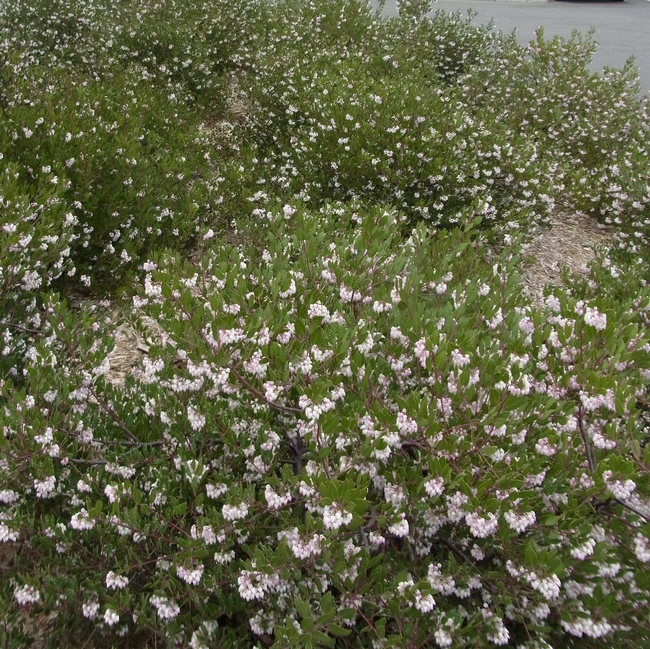
February. 'Valley Violet' ceanothus (Ceanothus maritimus 'Valley Violet'). Blooms in February and March; best in full sun to light shade. UC Davis Arboretum All-Star. Clean foliage, even during drought. Grows to loosely mounded form about 2 feet tall without pruning; looks good in mass planting. California native.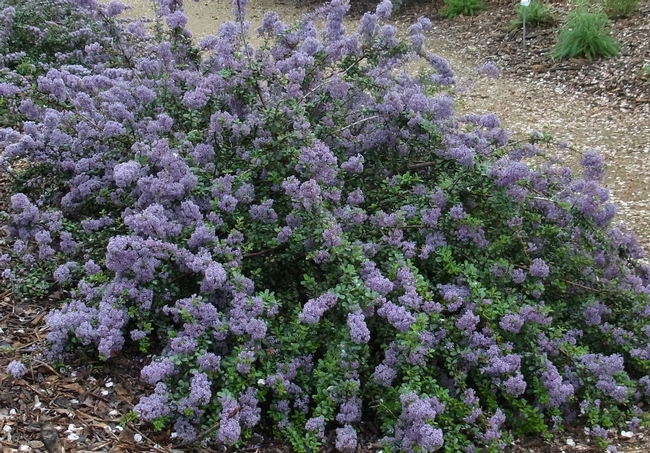
April. California brittlebush (Encelia californica). Blooms heavily in spring and sporadically throughout the summer if deadheaded; best in full sun to light shade. Clean foliage, even during drought. Grows to loosely mounded form about 4 feet tall and wide without pruning. California native.
June. Toyon (Heteromeles arbutifolia). Blooms in late spring; full sun. UC Davis Arboretum All-Star. Clean foliage, even during drought. Grows to loosely rounded form about 6 feet tall and wide without pruning. Striking red berries in winter. California native. 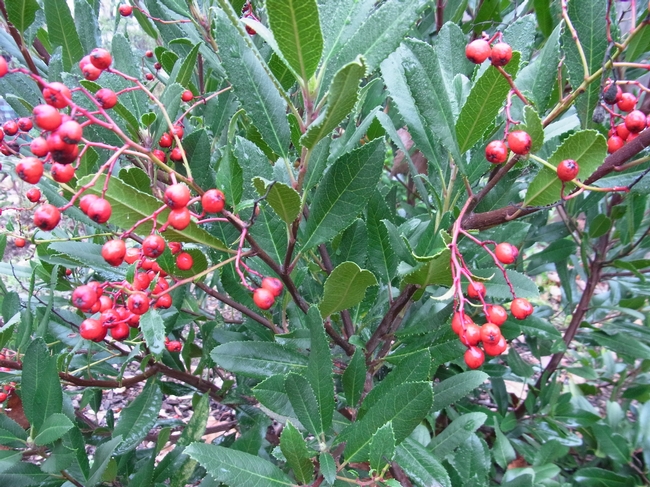
LOW WATER (water deeply every two to four weeks depending on soil and exposure)
March. Cape balsam (Bulbine frutescens). Blooms for most of the year if deadheaded; best in full sun to light shade. UC Davis Arboretum All-Star. Grows to loosely rounded form about 2 feet tall without pruning. Use in mass planting for the most formal look. 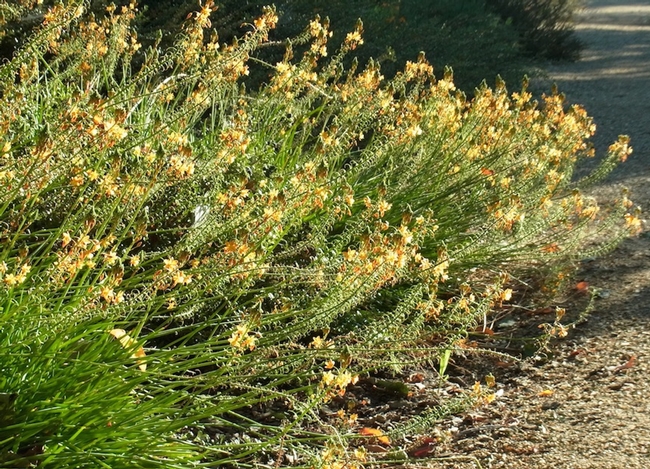
May. Dwarf apple (Malus sp.) espalier. Full sun. Height and spread will vary with cultivar and pruning. Espalier provides a formal look.
July. Lavender (Lavandula x intermedia 'Provence'). Blooms all summer. Grows into a neat round shape about 2 feet high and 3 feet wide. Looks best massed as a low hedge.
August. Wall germander (Teucrium chamaedrys). Blooms late spring through summer. Full sun. Grows to 1 foot high and 2 foot wide mass that can be clipped into a low hedge for the most formal look. Do this after flowering to avoid removing flower buds.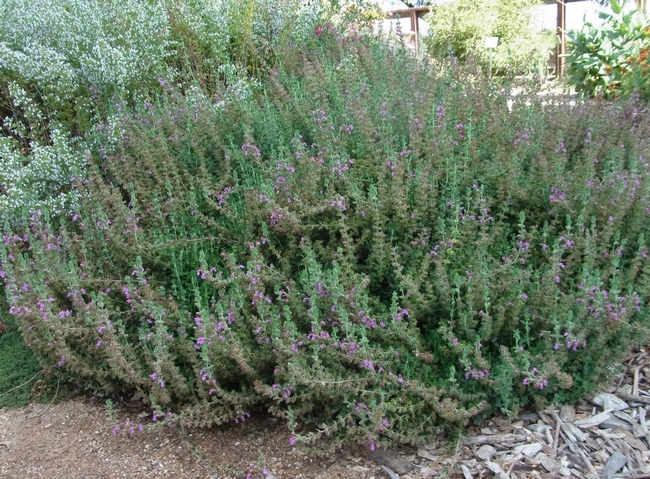
September. Silverleaf (Leucopyllum langmanae 'Lynn's Legacy'). Blooms late summer. Full sun to light shade. UC Davis Arboretum All-Star. Grows to 4 feet tall by 3 feet wide. Clean blue-grey foliage provides good contrast to purple flowers.
October. Blanket flower (Gaillardia x grandiflora). Blooms for most of the year if deadheaded; best in full sun to light shade. Size depends on cultivar; grow in masses for formal look.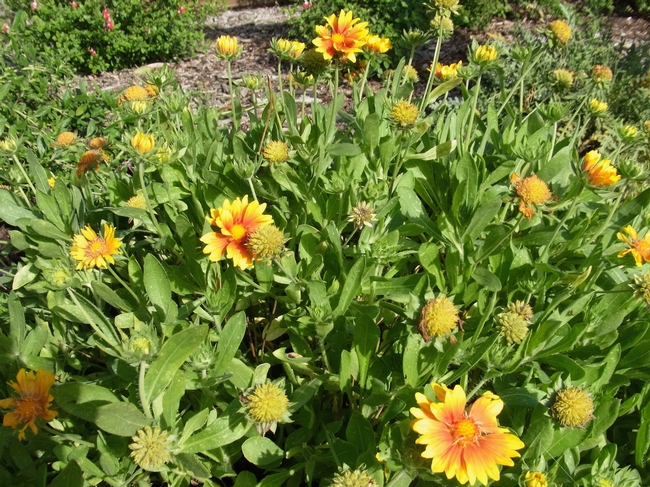
November. Rosemary (Rosmarinus officinalis). Blooms primarily in fall and winter. Full sun. Select an upright variety for the most formal look.
HIGH WATER (water every week)
December. Escallonia (Escallonia 'Compakta'). Blooms summer, fall, and winter. Full sun to light shade. Grows into a neat mound about 2 feet tall and 3 feet wide with clean, shiny leaves.